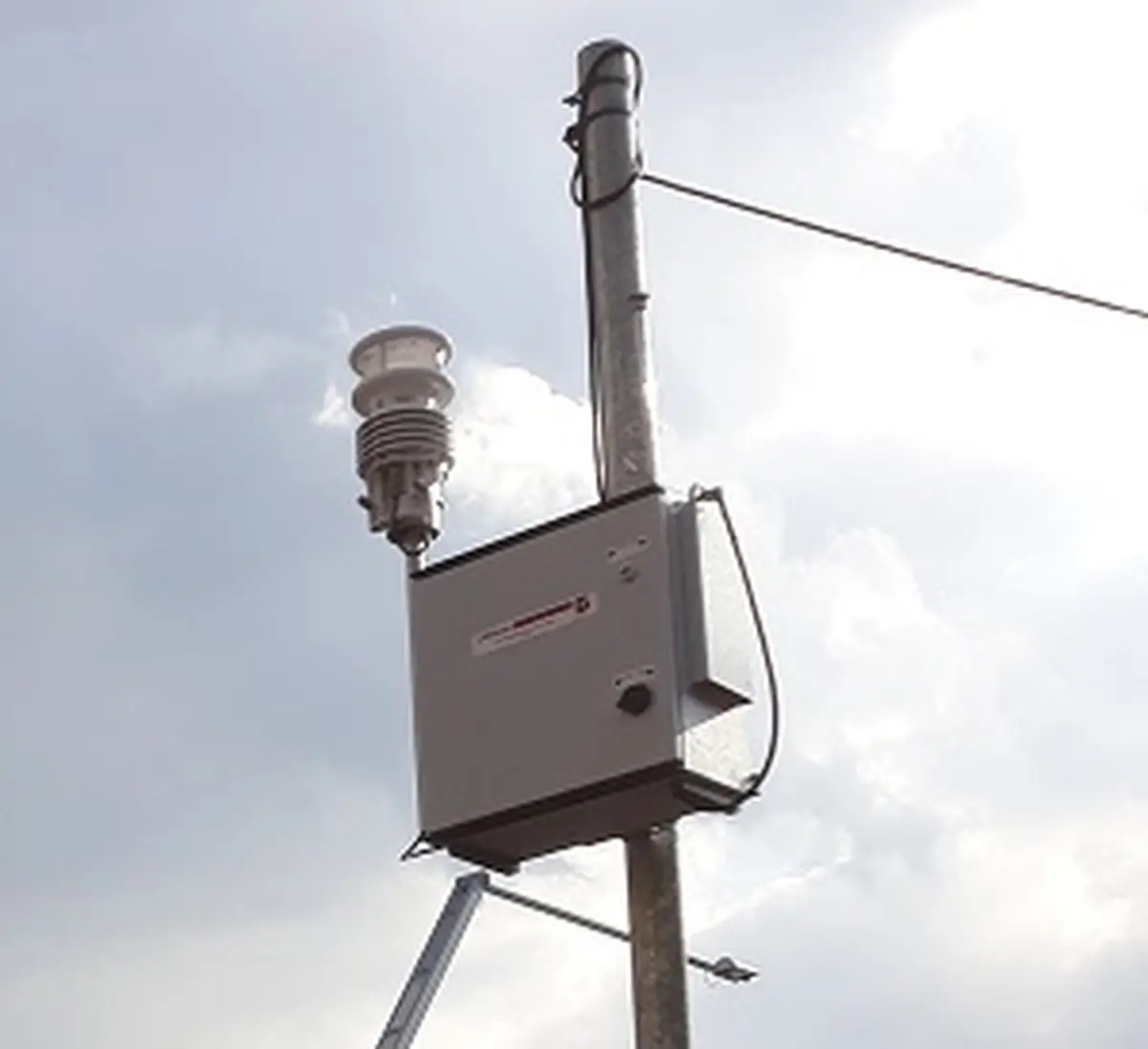Online Dust Monitoring
Measuring dust and particles is a specialty in itself. This is largely due to the wide range of applications and the fact that obtaining a representative dust measurement is practically more complex than measuring gas concentrations. Particles behave differently in air and gas flows, which means that concentrations may vary significantly throughout a space or duct.
Measuring Mass
 Dust concentrations are usually expressed in mass per unit volume. Online dust measurements or detection systems often rely on indirect measurements. These directly readable sensors typically do not measure actual mass.
Dust concentrations are usually expressed in mass per unit volume. Online dust measurements or detection systems often rely on indirect measurements. These directly readable sensors typically do not measure actual mass.
Portable and Stationary Systems
Many systems operate based on light scattering and/or optical particle counting, as is the case in fine dust monitoring. For environmental and air quality monitoring, we recommend the 31-channel spectrometers from Grimm Aerosoltechnik, available in both portable and stationary versions.
Accounting for Weather Conditions
For continuous fine dust monitoring, weather conditions pose a challenge. High relative humidity increases the risk of core condensation, which alters the particles and affects final results. Additionally, continuous monitoring systems must meet stringent requirements regarding internal pumps, filters, and related components. For conditioning the air before it reaches the measurement cell, we primarily use two methods: heating or drying via a permeation dryer (Nafion® membrane). A disadvantage of heating is the potential loss of mass fractions due to evaporation of the Semi-Volatile Components (SVCs) of the aerosols.
Continuous Monitoring
For continuous measurements over months or even 365 days a year, we recommend systems equipped with a permeation dryer and a robust pump system. These systems are also certified for equivalence to EN12341 for fine dust. If precise measurements of nanoparticles are also required, we can integrate appropriate measurement technologies into the systems.
